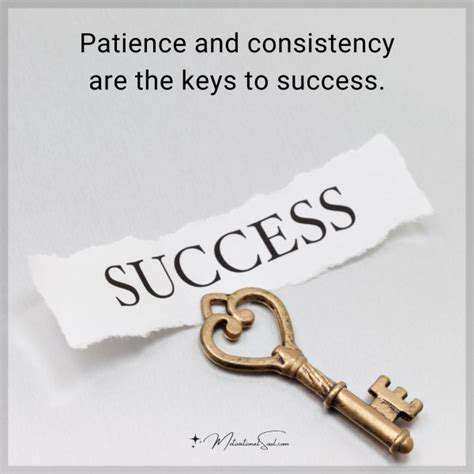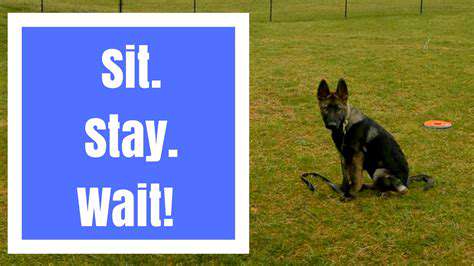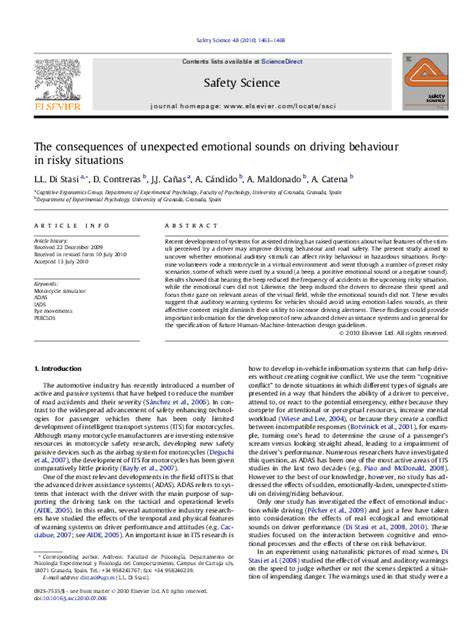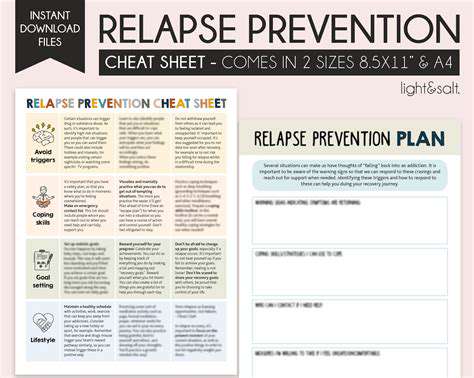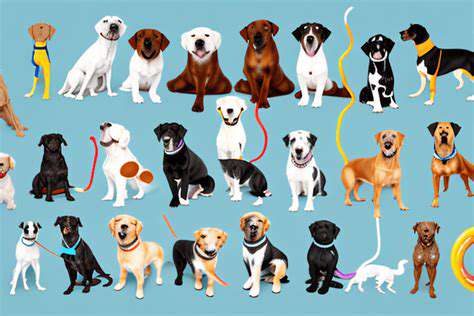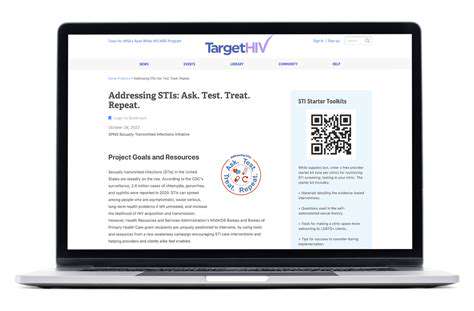From Sit to Stay: Laying a Solid Foundation with Clear Instructions
Building on Success: Refining the Sit and Introducing Stay
Refining the Sit Command
Teaching your dog to sit isn't just about obedience—it's about creating a shared language between you and your furry companion. This essential skill serves as the cornerstone for more complex behaviors later on. The magic happens when you combine clear communication with immediate rewards, helping your dog connect the dots between your request and their action.
Here's what works wonders: keep your hand signals identical every single time, and pair them with the same verbal cue. Dogs thrive on predictability. Short, upbeat practice sessions scattered throughout the day prove far more effective than marathon training stints. Timing is everything—the instant those hindquarters touch the floor, that's your golden moment to deliver praise or a treat.
Understanding Your Dog's Body Language
Your dog speaks volumes without making a sound. The position of their tail, the angle of their ears, even how they distribute their weight—all these elements form a silent vocabulary. Becoming fluent in this language transforms your training sessions. You'll know exactly when your pup is engaged and ready to learn versus when they're feeling overwhelmed or distracted.
Introducing the Stay Command
With the sit command mastered, you're ready to add duration. Start small—reward your dog for maintaining position just a second longer than usual. Gradually stretch these intervals, always setting them up for success. The key lies in incremental challenges; pushing too fast leads to frustration for both of you. Hand signals work beautifully here—a flat palm facing your dog often becomes the universal stay gesture.
Developing Patience and Consistency
Training isn't about perfection—it's about progress. Some days your dog will seem like a genius; other days, they might forget everything. This rollercoaster is completely normal. What matters most isn't speed, but the steady rhythm of regular practice. Keep sessions short, end on positive notes, and remember—every dog learns at their own pace.
Utilizing Positive Reinforcement Techniques
Food rewards get all the attention, but don't underestimate the power of enthusiastic praise or a quick game of tug. The best reinforcers are whatever makes your dog's tail wag hardest. Positive training isn't just about bribes—it's about building mutual trust and excitement for learning. Harsh corrections have no place here; they only damage the bond you're working to create.
Gradually Increasing the Challenge
Once your dog nails commands in quiet environments, it's time to up the ante. Start with mild distractions—maybe tossing a toy nearby while practicing stay. Slowly work toward more challenging scenarios like other dogs walking by. The progression should feel like climbing a ladder—one manageable rung at a time. Celebrate every small victory along the way.
What we feed our bodies directly impacts how we function. Vibrant plates filled with diverse, whole foods provide the building blocks for optimal health. The connection between nutrition and wellbeing isn't abstract—it's visible in our energy levels, mental clarity, and physical resilience. This dietary approach supports everything from cellular repair to sustained vitality.
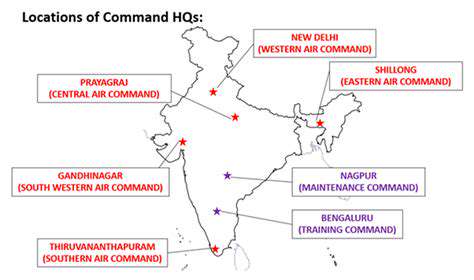
Troubleshooting Common Challenges and Maintaining Motivation

Identifying and Resolving Software Glitches
When technology falters, methodical troubleshooting saves the day. Start by recreating the issue while noting every detail—what buttons you pressed, any error codes that appeared, even the time of day it occurred. Patterns emerge when you document thoroughly, often revealing solutions hidden in the details.
Don't overlook built-in diagnostic tools—they're like having a mechanic's scan tool for your software. These utilities frequently identify problems faster than manual troubleshooting. Learning to interpret their reports pays dividends in saved time and frustration.
Optimizing System Performance
Sluggish computers often suffer from resource starvation. Check your memory usage first—if it's consistently maxed out, consider adding more RAM. Driver updates frequently deliver noticeable speed boosts, especially for graphics and storage components. Outdated drivers are like putting cheap gas in a sports car—they prevent peak performance.
Background applications can be resource vampires. Learn which processes are essential and which are draining your system's vitality. A streamlined startup routine often works miracles for older machines, giving them new life without hardware upgrades.
Addressing Connectivity Issues
Network problems often stem from simple oversights. Before diving deep, verify the basics—are cables snug, are routers powered on? Sometimes the solution is as straightforward as reseating a loose Ethernet connection.
Configuration errors cause many wireless headaches. Double-check your device's network settings against your router's requirements. VPNs and security software sometimes block legitimate traffic—temporarily disabling them can identify if they're the culprits.
Persistent connectivity issues demand systematic elimination of variables. Test with different devices, swap cables, try alternative DNS servers. This process of elimination reliably uncovers the root cause, whether it's hardware failure, ISP problems, or local configuration errors.
Read more about From Sit to Stay: Laying a Solid Foundation with Clear Instructions
Hot Recommendations
- The Impact of Early Socialization on a Dog's Interaction with Other Animals
- Car Travel and Puppy Socialization: Making the Journey a Positive Experience
- The Importance of Early Environmental Exposure for Puppy Development
- Taking Your Puppy to the Vet: Positive Socialization Strategies
- Making Training a Positive Experience for Your Puppy
- Public Transportation and Puppy Socialization: A Step by Step Guide
- Safe Socialization: Allowing Others to Pet Your Puppy
- Helping a Puppy Who Struggles with "Stay"
- Positive Puppy Interactions: Making Meetings with New Friends Fun
- No Treats Needed? Training Basic Commands with Verbal Praise
